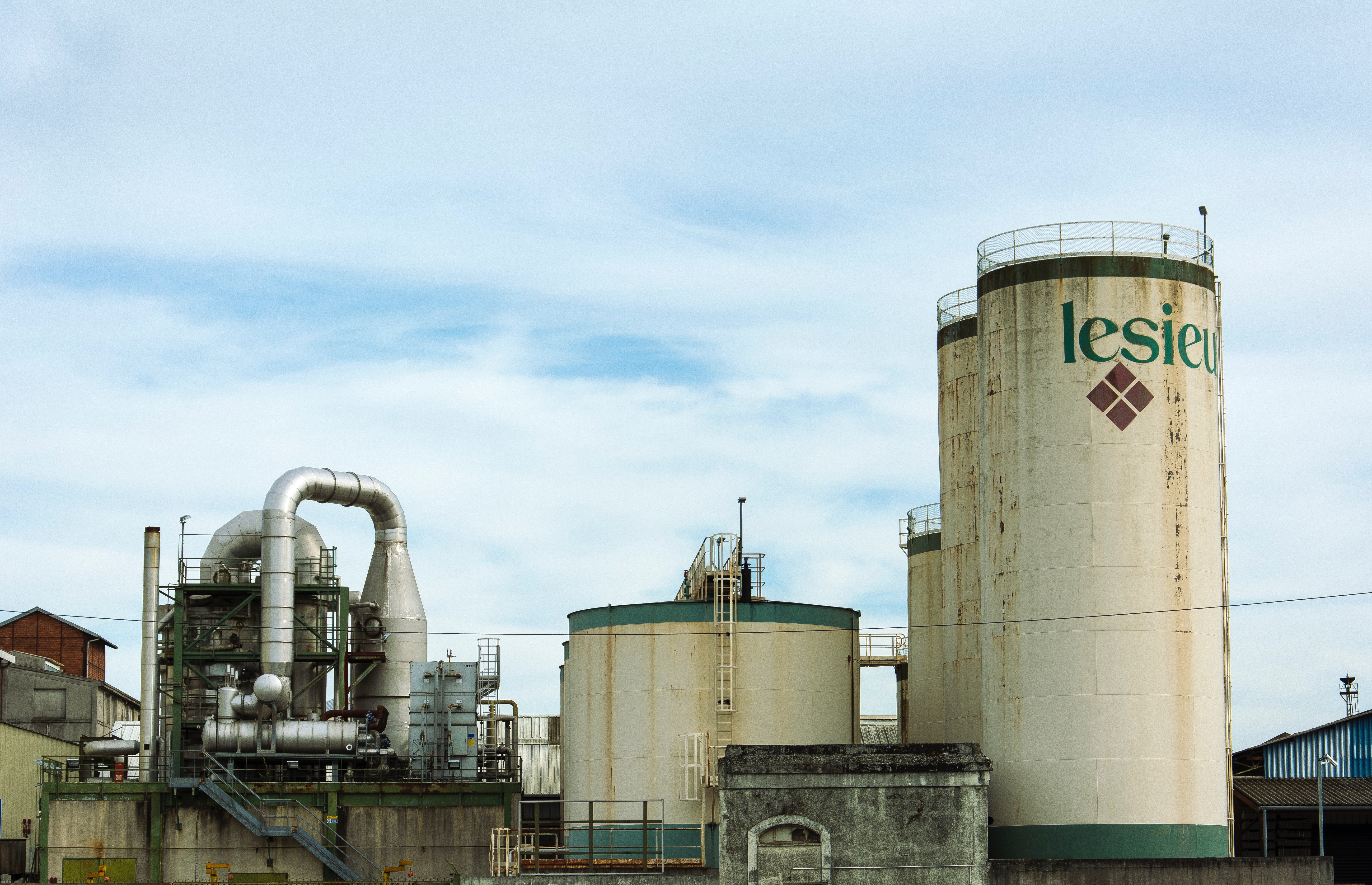Immersion Heaters in Refineries
Refineries and the Various Need for Immersion Heaters
 There is a growing need for oil pipelines in North America in recent years. The refineries in Edmonton, Alberta, for example, need immersion heaters now more than ever. The Keystone XL project, for example, is a daunting project. It stretches over 2,150 miles of oil pipelines from Canada to United States. The refineries have various needs for immersion heaters, which is best suited for use as an oil heater.
There is a growing need for oil pipelines in North America in recent years. The refineries in Edmonton, Alberta, for example, need immersion heaters now more than ever. The Keystone XL project, for example, is a daunting project. It stretches over 2,150 miles of oil pipelines from Canada to United States. The refineries have various needs for immersion heaters, which is best suited for use as an oil heater.
Immersion heaters are best for oil heating for several reasons. The electric immersion heaters are sheathed for indirect heating. Thus, providing a steady constant heat flow that keeps oil viscosity constant.
The Types of Immersion Heaters
The immersion heaters can often be tailored to meet specific specifications depending on their application. The heater elements are usually installed into an anti-corrosive metallic chamber inside of the vessel or pipeline. The circulation/inline heater is used to change viscosity of oil so that it can flow better through the pipeline as well as to and from the vessel.
There are also other types of immersion heaters for oil beside the circulation/inline heater for special or challenging applications whereas the immersion heaters cannot be installed to the side of oil tanks. There are over the side immersion heaters in which the heating elements are placed through the top of the device where the installation should take place. In this case, the heating elements are sitting at the bottom of the tank ensuring the even distribution of the heat. In this application, the oil that enters the inlet is in cold state moving very slowly. As the oil is heated, the movement at the outlet is much smoother.
Need for Transporting Oil
Get a quote on an immersion heater today. Browse all of our immersion heating products such as over the side heaters, flanged heaters, circulation heaters and more.
